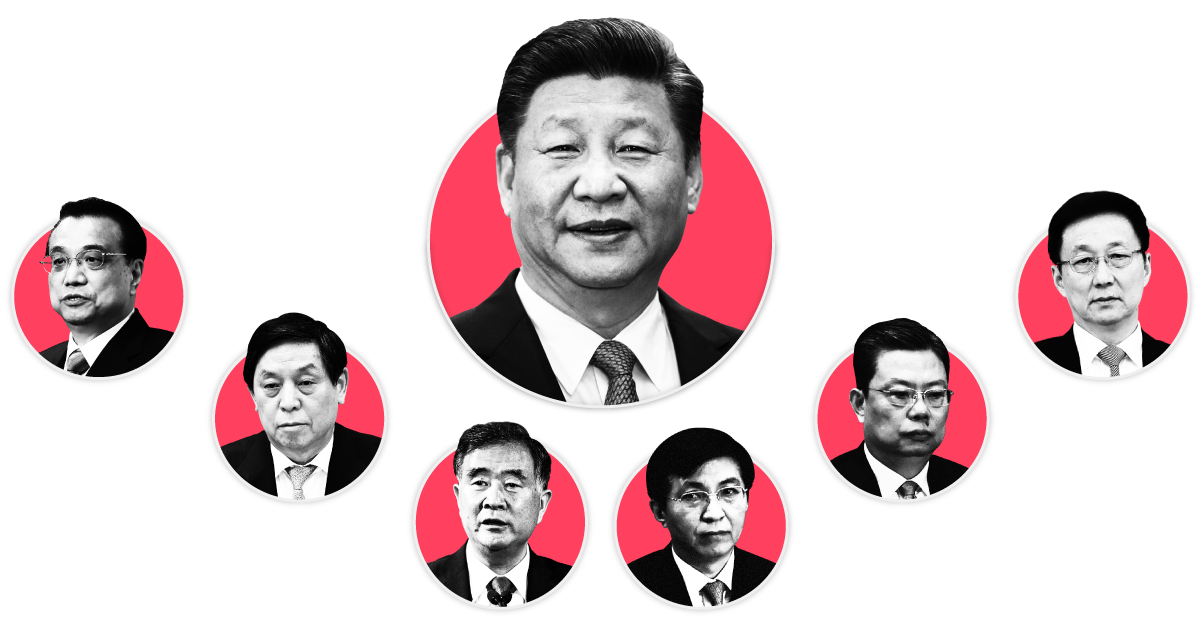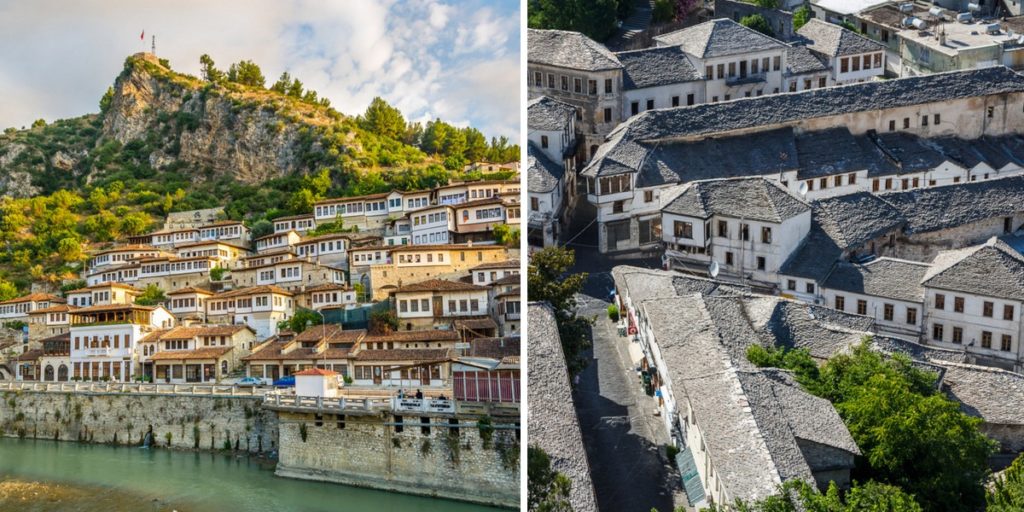
Governance and Leadership: China’s Political System
japanchildrenrights.org – China, with its rich history and vast population, operates under a unique political system that has evolved over centuries. The governance and leadership structure in China are fundamentally different from those in Western democracies. Understanding China’s political system requires an exploration of its historical context, the role of the Communist Party of China (CPC), and the mechanisms through which the country is governed.
Historical Context
The roots of China’s current political system can be traced back to ancient dynasties, where the emperor held absolute power. This centralized authority was challenged by various philosophies, including Confucianism and Legalism, which influenced the governance of the empire. The 20th century saw significant upheaval, culminating in the establishment of the People’s Republic of China in 1949 under the leadership of Mao Zedong and the CPC.
The Role of the Communist Party of China
The CPC is the central authority in China’s political system. It is the only political party permitted to rule, and its leadership is considered the ultimate authority in all aspects of Chinese society, including government, military, and the economy. The party’s structure is hierarchical, with the National Congress at the top, followed by the Central Committee, and then the Politburo and its Standing Committee.
Governance Structure
China’s governance structure is characterized by a single-party socialist state. The National People’s Congress (NPC) is the highest organ of state power and is elected by the people, albeit within the framework of CPC control. The NPC meets annually to discuss and pass legislation, approve the budget, and elect key government officials, including the President and Premier.
The State Council, headed by the Premier, is the executive branch of the government. It is responsible for implementing laws and regulations, managing the economy, and overseeing foreign and domestic policies.
Leadership and Decision-Making
Leadership in China is collective, with the General Secretary of the CPC, who is also the President of the country, serving as the paramount leader. However, decisions are made through consensus among the top party leadership, particularly within the Politburo Standing Committee. This collective leadership approach aims to ensure stability and continuity in policy direction.
Challenges and Reforms
China’s political system faces challenges, including corruption, regional disparities, and the need for sustainable economic growth. The CPC has initiated various reforms to address these issues, focusing on anti-corruption campaigns, poverty alleviation, and environmental protection. These efforts are part of a broader strategy to maintain the party’s legitimacy and ensure its continued governance.
Conclusion
China’s political system is a complex blend of historical traditions and modern governance structures. The CPC’s central role in governance and leadership is a defining feature of the system, ensuring stability and continuity while navigating the challenges of a rapidly changing world. As China continues to rise as a global power, its political system will undoubtedly evolve, reflecting both its unique cultural heritage and its engagement with the international community.


